Military Committee at the NATO Chiefs of Defence Session, attended by NATO Deputy Secretary General Mircea Geoana (centre) © Nato
Only just over a third of the member states of NATO, the western defence alliance against military threats, pay as much for their mutual protection as they should. The actual figure is just 35%, although at a guess I’d say most of them would expect their allies to turn up in force and well-armed if they found themselves being invaded. The fear of that threat has grown considerably greater since Vladimir Putin decided he should run Ukraine as well as Russia and invaded it. He told the world (and his troops) that they were needed to overcome Ukraine’s Nazis. It didn’t have any but that was his excuse That concern over foreign adventurism is reflected in a modest (but unprecedented and welcome) increase in defence spending overall. NATO Secretary General Jens Stoltenberg told a meeting of NATO defence ministers in February that since they had made the Defence Investment Pledge in 2014, European allies and Canada have added an impressive $600-billion (almost €550-billion) to their spending on defence. He was also expecting 18 of the allies to spend around 2% pf their countries’ GDP on defence in this year (2024) alone. Whether or not that would that be enough to deter another gamble by Russia’s ambitious president, Vladimir Putin, remains to be seen.

In 2023, Germany spent 1.57% of GDP on defence, well short of the 2% target. Recently, Olaf Scholtz insisted that his country would meet the 2% spending target “in the 2020s, in the 2030s and beyond.” © Nato
NATO has described Russian aggression against Ukraine as posing “the gravest threat to Euro-Atlantic security in decades”. The need for a military alliance among Western allies has never been clearer. There has been speculation as to exactly why Putin is doing what he’s doing. Firstly, he claims that the expansion of NATO eastwards, especially allowing former Soviet Union countries to join, is a threat to Russia. Putin has said that accepting countries on Russia’s border into the alliance is a “provocation”, despite assurances that it is purely a defensive alliance. He has also accused Ukraine of acts of genocide against ethnic Russians, despite a total absence of any evidence. It’s true, however, that Russian nationals living in the Donbas region have been fighting Ukrainian forces, but rather than seek to calm things down, Putin took the unprecedented action of recognising the separatist regions as being independent from Ukraine, ordering Russian troops to enter as “peacekeeping forces”.
Putin has argued, however, that Ukraine is not a separate country but is, in reality, a part of Russia that was given its independence by Vladimir Lenin. In speeches, Putin has stated that Ukraine “isn’t a real country” and has never had “sustainable statehood”. There is ample evidence that Ukraine was recognised as an independent country even before the Russian revolution. Putin has stated that it was Russia that gave Ukraine the right to break away, despite the fact that the Ukrainian people voted overwhelmingly in a referendum in 1991 to break away. According to the Washington Post, 84% of eligible voters took part in that referendum and more than 90% of them chose independence. Despite this, Putin has stated that “Ukraine for us is not just a neighbouring country. It is an integral part of our own history, culture, spiritual space.” Historically, that is simply a lie. One of Putin’s band of supporters has also said that there is no real Ukraine, just what he called “Ukrainianism”, which he described as “a kind of mental aberration.” But it’s impossible to do away with a country through simple semantics. Its physical existence in not in any doubt, whatever Putin’s pals may think.
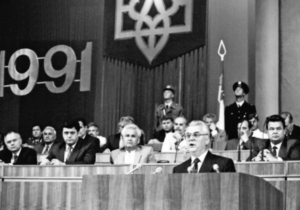
The claim that Ukraine isn’t real is no more true than Putin’s talk about Nazis running the place. His troops were told that they would be welcomed in Ukraine for “liberating” the country, but instead they encountered ordinary people, including elderly ladies, lying down in front of his tanks to halt their progress. Russia clearly wasn’t welcome there, whatever Putin may claim. Perhaps he thinks they’re all Nazis. Ukraine had certainly known hardship, including the famines on 1906 and 192§, while an even worse one in 1891-92 had been witnessed at first hand by Vladimir Lenin, who had seen crop failure in 1920 but who nevertheless made the food shortages worse by requisitioning grain, despite some two million people dying of starvation. A quarter of Russia’s peasants were starving, but Lenin continued to stockpile grain to prevent future famines, despite the people turning to cannibalism and also an outbreak of revolts by peasants. In fact, between March and November 1921 there was scarcely a day on which a Red Army detachment was not dealing with “internal disorders”, according to Victor Sebestyen in his fascinating biography, simply entitled “Lenin”.
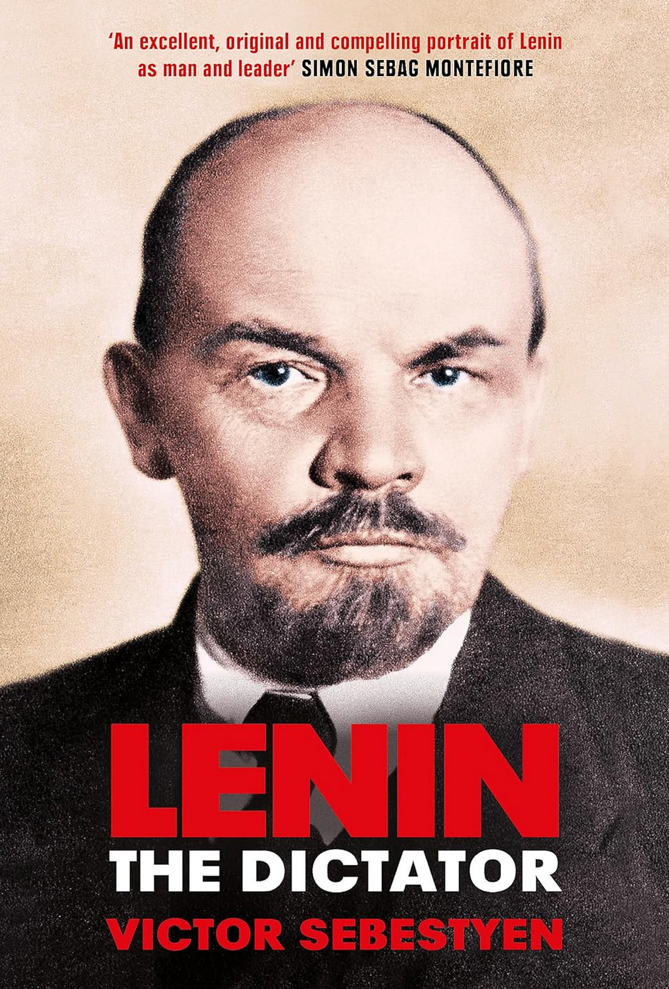
It’s been reported that Putin loathes Lenin and would prefer to deny him his place in history. He has a place in history, of course, although he died relatively young in 1924. For his part, it seems unlikely that Lenin would have supported Putin’s adventurism, saying at the time that it would be wrong to send troops to fight on foreign soil. “We can’t make revolution abroad at the point of a bayonet,” he said. As it was, Ukraine, along with Belorussia, both Soviet republics, had only joined the Russian Soviet Republic in the famous Union of Soviet Socialist Republics in December 1922. For its part, Russia had been through a lot to reach that point, with a revolution and a civil war and the famine that followed, long before the start of the Cold War that dominated the childhoods of many (including me).
Strangely, Putin has expressed a belief that Kyiv has the knowledge and desire to obtain nuclear weapons, despite no evidence being presented. Contrarily, Ukraine voluntarily surrendered all the nuclear weapons on its territory following the collapse of the Soviet Union. Putin has claimed it poses a threat to Moscow and has talked up a variety of conspiracy theories. In fact, Ukraine obtained a security guarantee from Russia, the United States and the UK in return for giving up its nuclear arsenal. It was this entirely fictional “fear” of Ukraine trying to bomb Moscow that Putin used to justify his invasion. “If Ukraine acquires weapons of mass destruction,” he told a meeting: “the situation in the world and in Europe will drastically change, especially for us, for Russia.” In fact, US officials and NATO have repeatedly sought to reassure Moscow that there are no plans to arm Ukraine with nuclear weapons, while Kyiv has at no time requested such a thing.
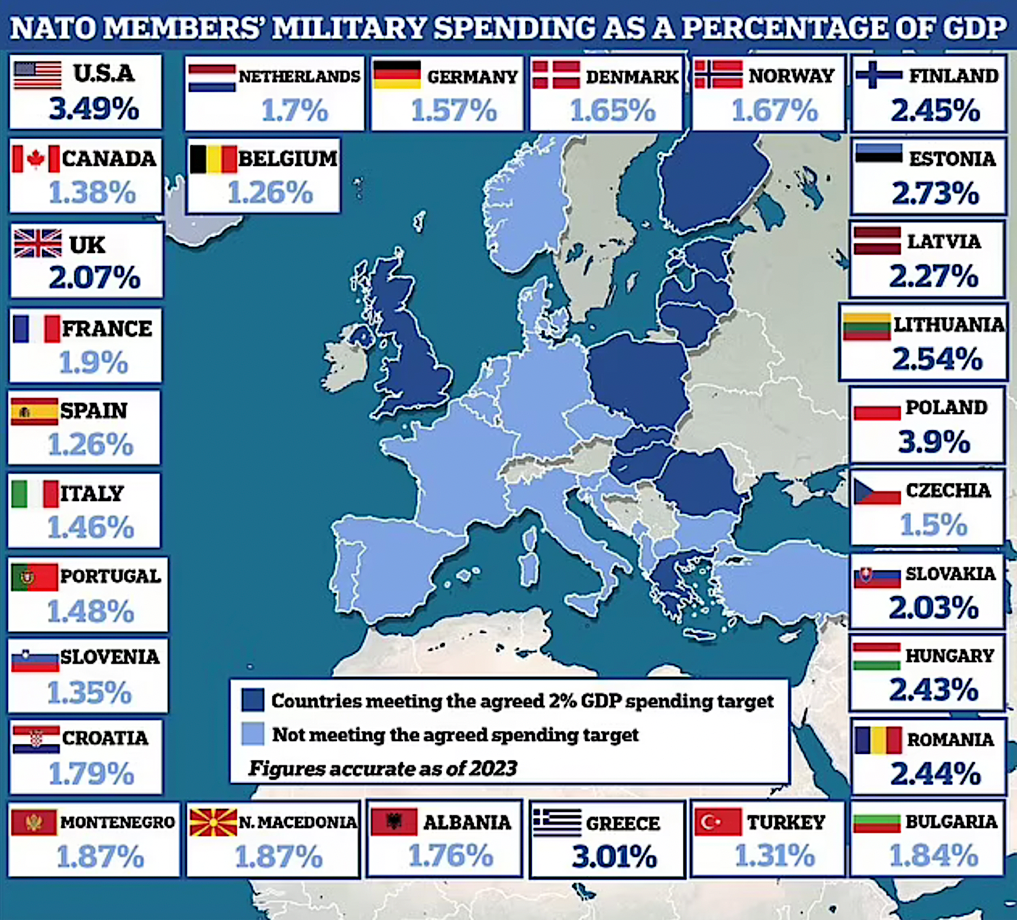
| TALKING TURKEY (AMONG OTHER PLACES)
Let’s hope he’s not really quite that ambitious. Or bloodthirsty. Putin’s claims that Ukraine has itself been committing genocide are simply lies. Whatever excuse Putin may use to explain his invasion, most observers think that the real reason is both more prosaic and simpler (if also scarier). As President Biden explained it: “He wants, in fact, to re-establish the former Soviet Union. That’s what this is all about.” The US ambassador to the United Nations, Linda Thomas-Greenfield, made similar comments at a meeting of the UN Security Council a few short years ago, arguing that Putin wants to go back even further in time, to the days of the Russian Empire. If she’s right, that would mean including Finland, Belarus, Georgia, Moldova, Kazakhstan, Kyrgyzstan, Tajikistan, Turkmenistan, Uzbekistan, Lithuania, Latvia and Estonia, with an option on parts of Poland and Turkey. She added that Putin cannot make the world go so far back in time, to when empires ruled, “but the rest of the world has moved forward,” she said, “It is not 1919, it is 2022.” In fact, the real Russian empire goes back rather further in time: from 1721 to 1917.
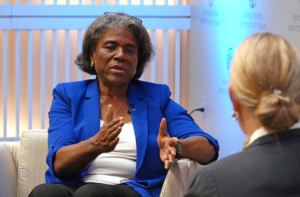
The facts of history don’t seem to impinge on Putin’s consciousness nor to influence his thinking. It would seem that he’s simply aware that Russia used to have an empire once upon a time and he’d like to get it back, by fair means or foul. It is already having an effect on the wider world. Sweden has now joined the alliance after years of neutrality, with the Swedish flag being added to those flying outside its Brussels headquarters alongside those of its 31 allies. Whatever Putin would like, NATO is not about to go away; it will celebrate its 75th anniversary in 2024, after all. In a somewhat pointed remark, Secretary General Jens Stoltenberg reminded guests of the long-standing alliance between Europe and North America, adding that: “Joining NATO is good for Sweden, good for stability in the North, and good for the security of our whole Alliance.” It’s rather less popular in Moscow, of course. Another event triggered by Putin’s warlike posturing is pressure from some members of the British parliament to increase the sp[ending on defence. The UK Security Minister, Tom Tugendhat, and Foreign Office minister Anne-Marie Trevelyan have said that Britain should “lead the way” in reaching the government target of spending 2.5% of Britain’s GDP on its defence. In a separate development, Defence Secretary Grant Shapps has also appealed to have the military spending budget raised to 2.5% from 2.2% “as soon as conditions allow”. The UK is already the highest spender on defence in Europe. At £50-billion (€45.78-billion), Britain is the second biggest defence spender in NATO. Only the United States spends more.
| WARNING SIGNS
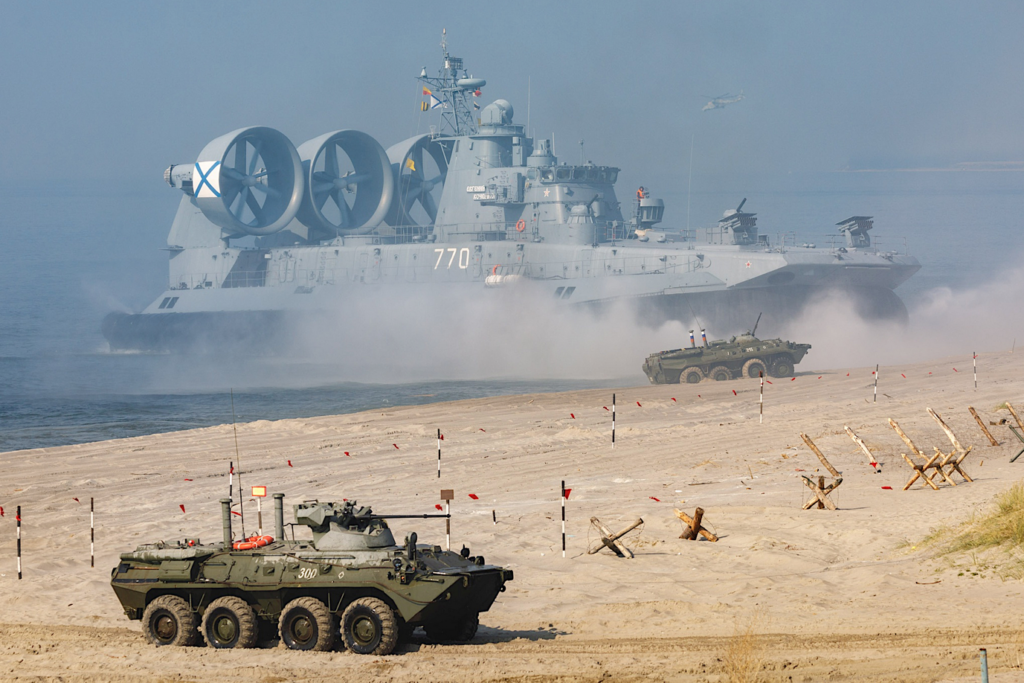
NATO has already described “Russia’s war of aggression against Ukraine” as the “gravest threat to Euro-Atlantic security in decades, shattering peace in Europe and reinforcing the need for NATO to ensure that its deterrence and defence posture remains credible and effective.” How far it has progressed along that road will largely depend on the view from the Kremlin. Certainly, there has been a response: at an extraordinary NATO summit in March 2022, NATO leaders agreed to deploy four battalions in Bulgaria, Hungary, Romania and Slovakia, in addition to these already sited in Estonia, Latvia, Lithuania and Poland. Putin may just be posing, as he does in those pictures featured in his macho “look at me” calendars, but he’s being taken seriously, or at least viewed with suspicion and alarm, which amounts to much the same thing.

At the 2022 Madrid summit, NATO leaders agreed to deploy extra combat-ready forces to the Alliance’s eastern flank, scaled up from battalion-sized battle groups to full brigade-sized units, wherever required. The leaders built upon those plans at the 2023 summit in Vilnius, agreeing to modernise NATO for a new era of collective defence. Putin must be made to realise that any moves towards rebuilding the Russian empire would come at enormous cost. The leaders also agreed a new Defence Investment Pledge, committing at least 2% of their Gross Domestic Product annually to defence. Since 2014, the European allies, together with Canada, have invested an extra US$450-billion (€412.26-billion) in defence, with the latest estimates showing an increase of 8.3% in 2023 alone.
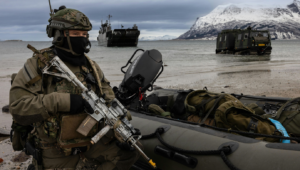
NATO’s overall aim is, of course, to protect the freedom and security of all its members by political, but also military (if necessary) means. It was never likely to be easy and would seem to be getting harder. According to CNN, Russia is producing almost three times as much artillery ammunition as Europe and the United States combined can get to Kyiv. According to an anonymous NATO intelligence official, the Kremlin is keeping its plants for producing artillery shells running around the clock. It predicts that the imbalance will soon become decisive. NATO’s policy is based primarily on deterrence, trying to prevent war, but it seems not to be a view shared by Putin and his generals. NATO continuously tries to adapt its plans to achieve maximum deterrence, with its Readiness Action Plan (RAP) agreed at a summit held in Wales in 2014. This was built upon further at the Warsaw Summit of 2016, which provided Alliance leaders with a range of options in the event of an all-out attack. NATO leaders agreed to set up an “Enhanced Forward Presence in the Eastern part of the Alliance. This led in 2017 to the deployment of four multi-national battlegroups, deployed to Estonia, Latvia, Lithuania and Poland, with additional measures to reinforce the Alliance’s presence in the region of the Black Sea .
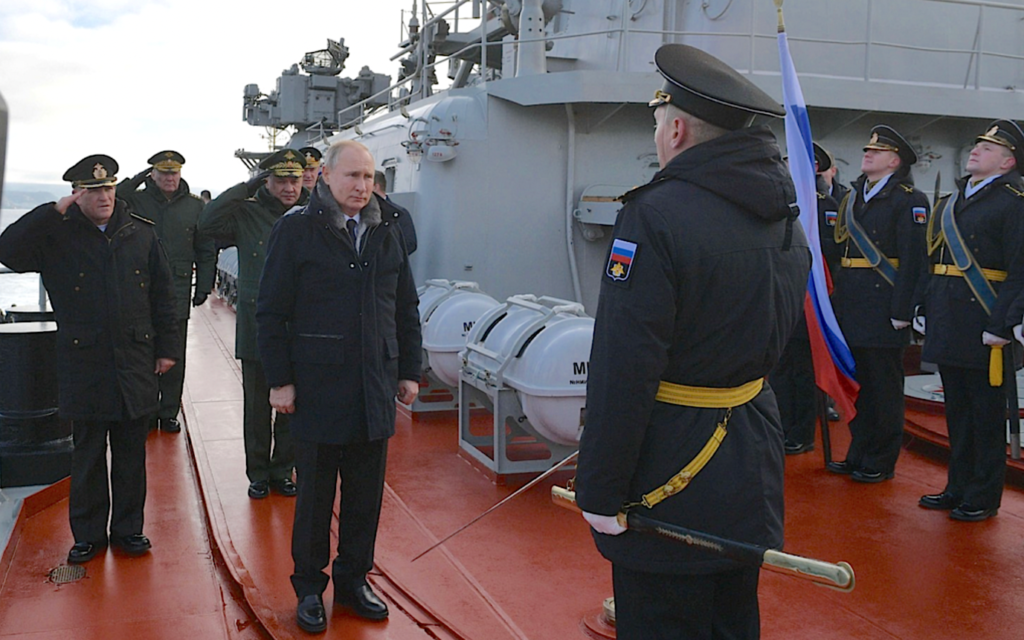
Russia is, of course, increasing its own spending on armaments and the military, despite the fact that it is not under threat (whatever Putin may say). Putin’s most recent initiative should generate and additional RUB 2.5-trillion to fund his military adventurism. (if you’re curious, according to a currency conversion website I looked at, 10,000 Russian roubles supposedly equals just 100.08 euros, but is very subject to fluctuation). As part of the military spending plan, the tax rate for individuals is being raised for those earning more than a million roubles per year from 13% to 15%. Russian media reports that citizens earning 5-million roubles per year will see their tax rate rise from 15% to 20%, which is quite a steep increase. Why does it matter? Russia has doubled its 2023 defence spending target to more than $100 billion – a third of all public expenditure. Will they still support Putin’s desire to be the whole world’s czar? Who knows, but it seems doubtful, especially with virtually every country apart from Russia opposed to the idea. Putin clearly sees military expenditure as his highest priority. Russia spent 19.2% on defence in the first six months of all its initially planned budget expenditure for 2023 as a whole. For a country that isn’t really wealthy, Putin’s economic policies would appear to be insane.
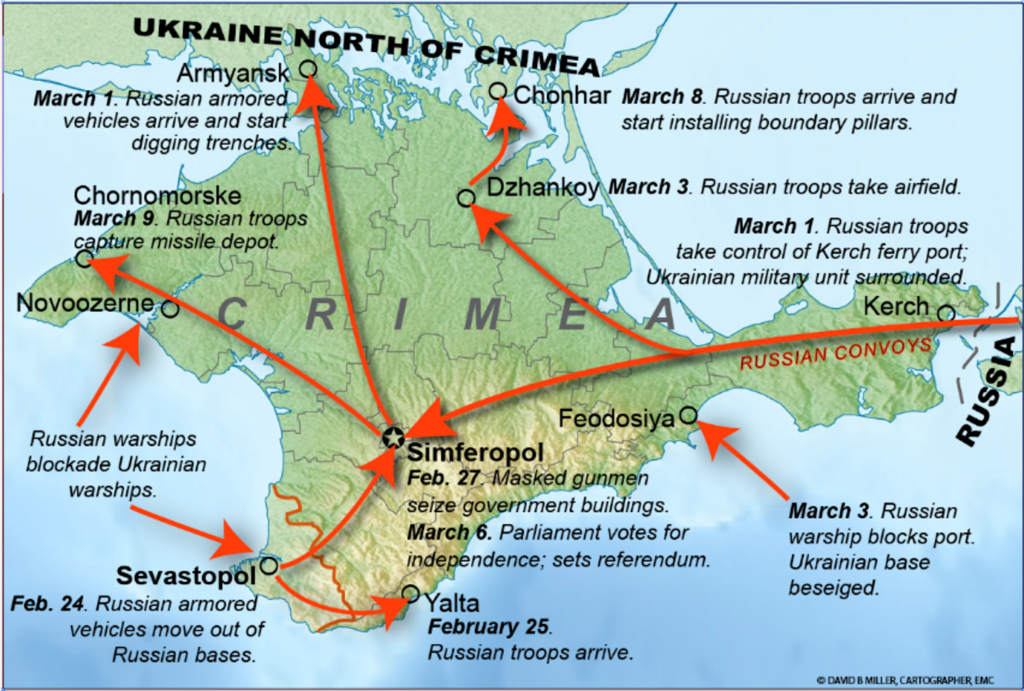
Putin was set to extend his 24 years as the ultimate ruler of Russia in an election on March 15-17 and had promised more than 11.5 trillion roubles in infrastructure and social spending over the next six years. Kindly Mr. Putin? Not really. Defence spending will account for almost one third of Russia’s total budget expenditure in 2024, the government’s draft plans show, as Moscow diverts ever more resources towards prosecuting its war in Ukraine. Amazingly, Russia also plans to ramp up state borrowing to help fund what it calls its “special military operation” in Ukraine in the coming years and is counting on a recovery in oil and gas revenues to pre-invasion levels to do so. Why? Well, you’d have to ask Putin. Russia is not under threat. No-one is menacing its borders and no foreign military forces are lined up against it. I suppose we just have to assume that Putin likes wars and is determined to fight one, whether Russia really requires it or not.
| PUTTING YOUR MONEY WHERE YOUR MOUTH ISN’T
Putin is not afraid of spending a lot of Russia’s budget on defence. Or should that be offence ? According to the latest figures, defence makes up 29.4% of 2024 budget spending, with the minister responsible saying it includes “everything needed for victory”. Putin is prepared to spend however much it takes to kill his supposed enemies or anyone he believes is standing in the way of victory. It means an effective freeze on spending for Russia’s education and health, too. Putin is also ramping up its defence spending to almost a third of the country’s total expenditure in order to fund what Putin still calls his “special military operation” in Ukraine. His unmerited invasion, in other words. In the year before Putin launched his invasion of Ukraine, defence spending totalled 3.57 trillion roubles or 14.4% of overall spending.

It rose to 17.7% in 2022, after which a veil was drawn over the country’s spending plans. In 2023, it rose to 21.2%, allocating 6.41-trillion roubles, with defence (would “offence” be more appropriate?) spending rising to 9.7-trillion roubles. Finance Minister Anton Siluanov said: “The budget’s structure shows that the main emphasis is on ensuring our victory. The army, defence capability, armed forces, fighters – everything needed for the front, everything needed for victory is in the budget.” He also admitted: “This is a big strain for the budget, not a small one, but it is our absolute priority.” He offers no justification, even though Russia is not under attack. Putin’s sole aim is to conquer and take over a neighbouring country, whatever the cost. It’s utterly extraordinary, with defence spending in 2024 tripling from pre-invasion levels. The money devoted to “national security” including law enforcement agencies is also rising and expected to reach 9.2% in 2024. To meet the cost, Moscow is freezing the spending on education and healthcare. It’s clearly much more important for Putin to kill as many people as possible than to save lives. Why? Well, Moscow claims the West is waging war on Russia and it must respond.
Contrast this with the effect Josef Stalin had on education in what became the Soviet Union. The educational system Stalin engendered turned Russia into a superpower, in stark contrast with the country before the 1917 revolution. Education was free and comprehensive: Stalin believed in learning, while the children’s clubs for his “Pioneers”, a sort of Soviet Boy Scouts, encouraged collecting used paper, recycling metals and helping the elderly. Stalin’s laudable aim was the very antithesis of what Putin is trying to do. The founder of the Soviet state, Vladimir Lenin, called the day nurseries and kindergartens he helped to create “the sprouts of Communism.” According to him, these facilities “could actually liberate a woman, in reality diminish and eliminate her inequality to a man through enhancing her role in social production and social life.” Sadly, Putin doesn’t see things that way.
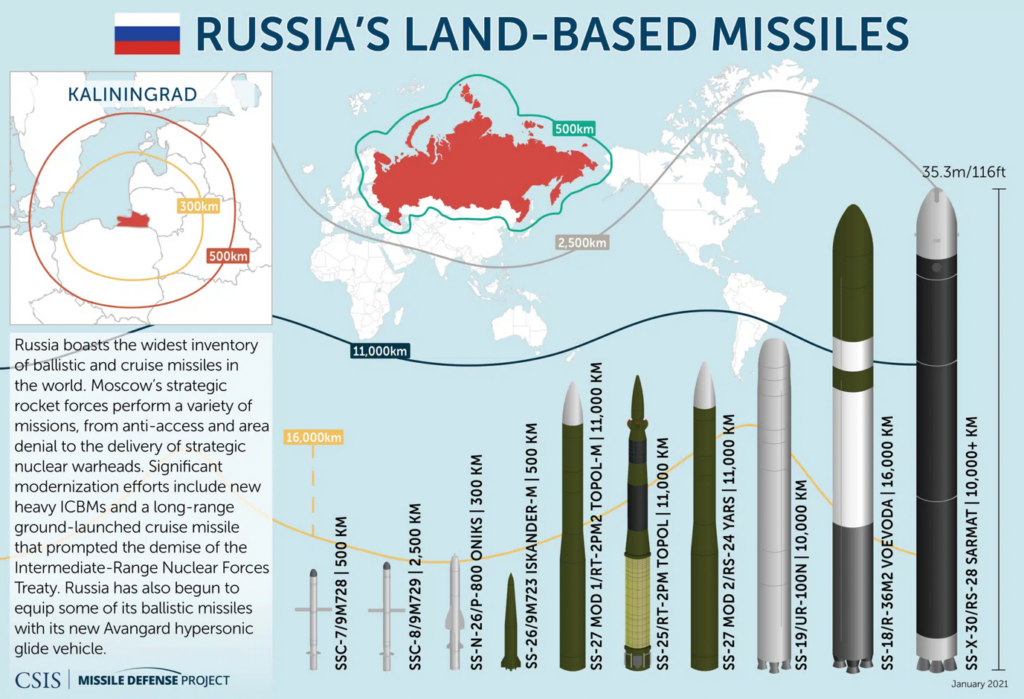
The USSR pumped money into higher education, too, also accepting students from friendly developing countries. Students at higher education facilities were also expected to turn their hands to manual labour on Soviet construction sites. The Soviet Union was also committed to providing free medical care to citizens. “Education,” said Stalin, “is a weapon whose effects depend on who holds it in his hands and at whom it is aimed.” Putin seems to say much the same about weapons of mass destruction. “I’m not saying Stalin was a nice man: in the period 1937 to 1938 alone he had 700,000 people executed, although he praised education in verse. He wrote some pretty dire poetry in praise of education and of Georgia, the country of his birth, such as:
“Exult, country of Georgians,
And you, Georgian,
Gladden your motherland with learning.”
That was reproduced in Oleg V. Khlevniuk’s fascinating book, “Stalin: New biography of a dictator.” I warned you the poem wasn’t great!
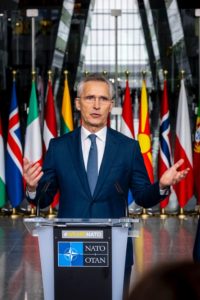
One has to wonder why Putin thinks the West of today poses a bigger threat than it did during the Cold War. Twenty NATO member states were expected to spend less than 2% of their GDP on defence, according to 2023 estimates. Those with the lowest expectations for defence spending were Luxembourg (0.72%), Belgium (1.13%) and Spain (1.26%), while five other countries, including Canada, failed to meet the 1.5% mark. It really doesn’t look very scary for Russia, especially when countries like Turkey were only proposing to spend 1.31%. Putin’s switching of financial support away from education and health really makes no sense and would certainly have infuriated both Stalin and Lenin, especially when other countries pose so little threat to Russia’s well-being. During the Cold War, the Soviet state diverted more financial support and encouragement to the sciences, especially mathematics, setting up special schools to encourage the gifted. It helped boost Russia’s success in space exploration, while a network of special clubs (all free) encouraged students to engage in the out-of-hours study of a range of topics, from photography to aviation design. One thing that may encourage Putin is the attitude of the man arguably most likely to win the White House, Donald Trump. When he was asked if a United States ruled by him would go to the aid of a NATO member attacked by Russia, he said that if they didn’t pay their share, he would encourage Putin to attack. So, any country paying under 2% could expect Putin’s tanks to come calling, unopposed and probably unannounced.
Although it’s hard to believe, it seems as if the West was safer when Stalin ruled the Communist bloc. He may not have been a nice man in the traditional sense, but it looks as if he cared more about the country and its longer-term future than the current occupant of the Kremlin. At least Stalin believed that Russia and its allies and satellites should have a future. Not that anyone will dare to tell Putin that. It’s now against Russian law to criticise Putin or his war in any way.

